The classic design of this knife blade needs no introduction.
But the new handle design, combined with a proven blade pattern may make it even better.
by Leon Pantenburg
Everybody who likes classic custom knives knows who Bob Loveless was. A knifemaker of considerable renown, Loveless developed the full-tapered-tang method of knife construction. This technique was formerly used to offset the weaknesses of steel in use prior to modern metallurgy.
In Loveless’ knives the entire piece of steel used to make the knife ran to the end of the butt as opposed to being cut to half the length of the handle and either pinned or glued in place. Loveless tapered the butt-end of the tang down to 1/16″ the same way he tapered the point on the blade, placing the balance of the knife’s weight in the center. The handles were secured via screw-type fasteners, making for a stronger knife overall. (Sports Illustrated Oct. 11, 2011)
For his many influences in custom knife design and promoting the art of handmade knives, Loveless was inducted into the Blade magazine Cutlery Hall of Fame at the 1985 Blade Show in Knoxville, Tennessee.
I ordered a BR Guardless Drop Point Hunter as soon as they came on the market. Deer season was in full swing in Mississippi, and I hoped to use the knife for its designated purpose. The knife was only in my possession a few days before it got blooded on a whitetail doe.
The knife worked as expected and here is what I found out about it.
Bark River Guardless Drop Point Hunter Specifications (Courtesy of Knivesshipfree.com)
| Overall Length: | 8.5″ |
| Blade Length: | 3.9″ |
| Blade Steel: | CPM-154 |
| Blade Thickness: | .156″ |
| Weight: | 6.0oz. |
The good stuff
Steel: Loveless introduced 154CM steel and ATS-34 stainless steel to the knife making world in 1972. The BR drop point uses CPM-154. The edge retention was great, and staining from blood didn’t appear to be a problem.
As seems to be the pattern that developed this season, I was racing the setting sun to get the doe gutted. The animal needed to be loaded onto my sled, so it could be dragged about half a mile over a muddy field and down a road that had standing water in the ruts. Then it was loaded into my SUV and taken to the skinning rack.
There was no time to stop and sharpen the edge, and that wasn’t necessary. After the deer was skinned, quartered and iced down in my cooler, the edge was still shaving sharp. I like this steel!
Belly: The belly is the curve from the tip back to where the edge straightens out. The belly does the lion’s share of the work when it comes to skinning.
Check out some professional meat cutting knives. The belly on butcher knives is very similar to what the Drop Hunter has. As a skinner, this knife is superb.
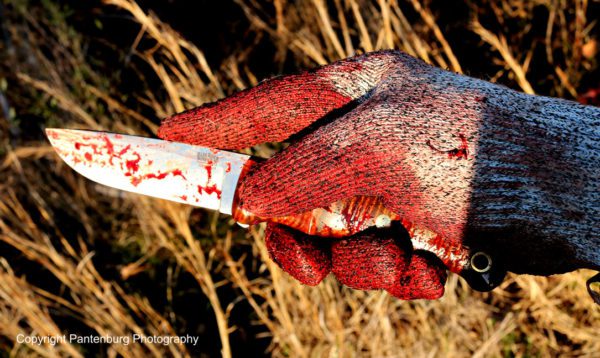
Handle: This new design fits in really well with the knife. It works really well with a skinning grip – i.e., the index finger rests on the spine, and guides the tip, while the rest of the fingers lock in around the handle.
Naturally, one size doesn’t fit all. I wear size large gloves and the handle was a touch too small for me to use comfortably for long periods of time. But this could be fixed with some fine sandpaper and elbow grease. For most users, this handle is going to be really comfortable.
Handle material: Loveless pioneered the use of Micarta as a handle material, and that is my first choice for a user knife. But I got curly maple on this knife, because it just looks so good.
There are a variety of handle material choices available. If I was considering a Guardless Drop Point Hunter for my primary hunting knife, I would probably get one with a blaze orange handle. In the hustle of field dressing a deer, a knife could get dropped or laid down and lost. A bright handle might keep that from happening.
But on the other hand, this curly maple looks really good with my flintlock rifle. If losing a knife with a traditional handle is a concern, wrap the handle with fluorescent duct tape, or put a bright orange paracord lanyard on it.
Grind: All Bark River knives are convex ground, and that is my favorite.
A convex edge is slightly rounded (hence the name convex) as it tapers off to the finest point of the cutting edge along the blade. My experience is that a convex edge lasts longer than other grinds and that there is less drag when cutting. I have proven to my satisfaction that convex works best for my knife edge needs.
Point: My favorite knife point is a clip with a long swedge. The drop point hunter, as the name says, is obviously a drop point.
A drop point is a blade style that slopes on the spine of the blade from the handle of the knife to the tip of the blade, according to Wikipedia. This allows the spine of the blade (where the blade is thicker, and thus stronger) to continue forward to the tip. This way the point is also aligned with the center axis of the knife, eliminating any pitch momentum when stabbing.
I like drop points, and many of my knives have them. In the end, it’s all going to depend on what your preferences might be. Here is how to choose the best point.
Made in USA: Do American-made products ever seem expensive? Especially when compared to the cheaper, imported products? Then consider this: all American companies and workers pay local, state and federal taxes. The workers make a decent wage and contribute to their communities. All Bark River knives are made in Escanoba, Michigan by skilled craftspeople. You can talk to the person who made your knife on the phone.
Warranty: All Bark River knives come with a satisfaction-guaranteed, lifetime warranty.
Please click here to check out and subscribe to the SurvivalCommonSense.com YouTube channel – thanks!

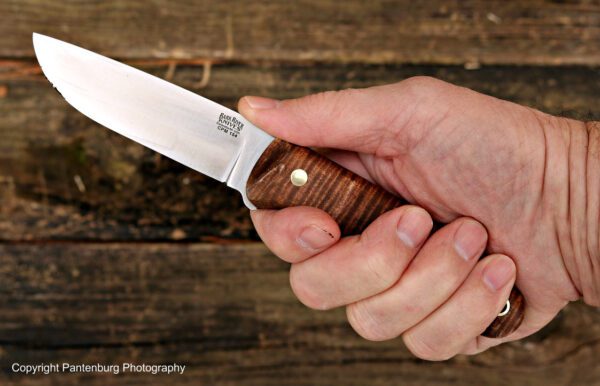

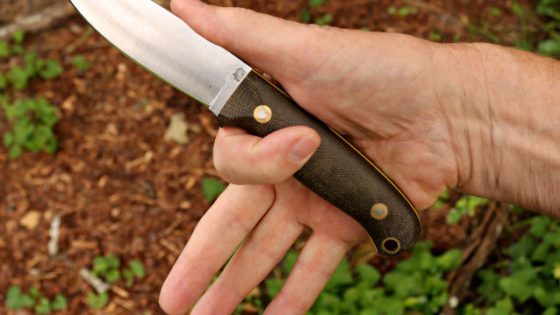
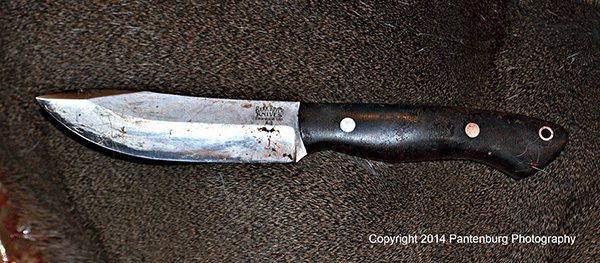
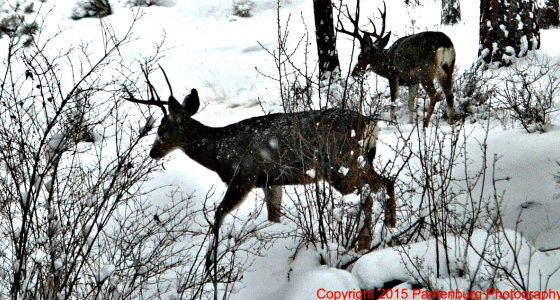
Leave a Reply